I. INTRODUCTION
Imepitoin (sold under the brand name Pexion®) is an anticonvulsant which is used in veterinary medicine to treat epilepsy and noise aversion in dogs. It is a centrally acting antiepileptic drug, which acts as a low affinity partial agonist of the benzodiazepine receptor. Imepition was originally developed for treatment of epilepsy in humans but was abandoned for human use when efficacy was found to be reduced in smokers. The systematic name (CAS Registry Number 188116-07-6) is 3-(4-chlorophenyl)-5-morpholin-4-yl-4H-imidazol-2-one. A two-dimensional molecular diagram is shown in Figure 1.
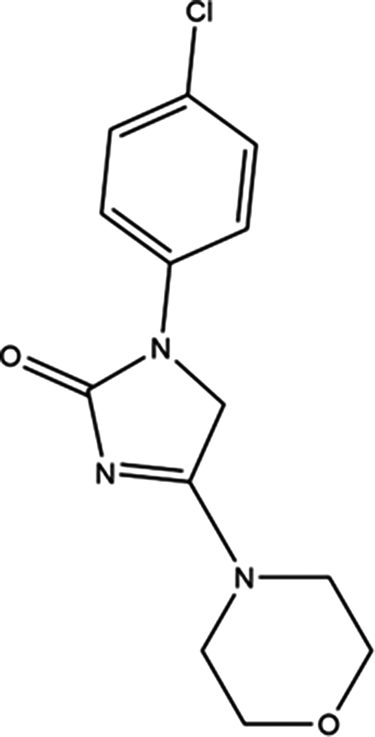
Figure 1. The 2D molecular structure of imepitoin.
Imepitoin is the subject of US Patent 9,469,611 (Rundfeldt et al., Reference Rundfeldt, Dost, Loscher, Tipold, Unverferth and Lankau2016; Boehringer Ingelheim), but no X-ray powder diffraction data are provided. We are unaware of any published powder data for imepitoin.
This work was carried out as part of a project (Kaduk et al., Reference Kaduk, Crowder, Zhong, Fawcett and Suchomel2014) to determine the crystal structures of large-volume commercial pharmaceuticals, and include high-quality powder diffraction data for them in the Powder Diffraction File (Gates-Rector and Blanton, Reference Gates-Rector and Blanton2019).
II. EXPERIMENTAL
Imepitoin was a commercial reagent, purchased from TargetMol (Batch #119530), and was used as-received. The white powder was packed into a 1.5 mm diameter Kapton capillary and rotated during the measurement at ~50 Hz. The powder pattern was measured at 295 K at beamline 11-BM (Antao et al., Reference Antao, Hassan, Wang, Lee and Toby2008; Lee et al., Reference Lee, Shu, Ramanathan, Preissner, Wang, Beno, Von Dreele, Ribaud, Kurtz, Antao, Jiao and Toby2008; Wang et al., Reference Wang, Toby, Lee, Ribaud, Antao, Kurtz, Ramanathan, Von Dreele and Beno2008) of the Advanced Photon Source at Argonne National Laboratory using a wavelength of 0.458208(2) Å from 0.5 to 50° 2θ with a step size of 0.001° and a counting time of 0.1 s per step. The high-resolution powder diffraction data were collected using twelve silicon crystal analyzers that allow for high angular resolution, high precision, and accurate peak positions. A silicon (NIST SRM 640c) and alumina (SRM 676a) standard (ratio Al2O3:Si = 2:1 by weight) was used to calibrate the instrument and refine the monochromatic wavelength used in the experiment.
The pattern was indexed using JADE Pro 8.1 (MDI, 2021) and N-TREOR (Altomare et al., Reference Altomare, Cuocci, Giacovazzo, Moliterni, Rizzi, Corriero and Falcicchio2013) on a high-quality primitive orthorhombic unit cell with a = 12.35862, b = 28.44084, c = 7.34228 Å, V = 2580.74 Å3, and Z = 8. The suggested space group was Pbca, which was confirmed by successful solution and refinement of the structure. A reduced cell search in the Cambridge Structural Database (Groom et al., Reference Groom, Bruno, Lightfoot and Ward2016) combined with C, H, Cl, N, and O only, yielded five hits, but no structures of imepitoin derivatives.
The structure was solved by direct methods as implemented in EXPO2014 (Altomare et al., Reference Altomare, Cuocci, Giacovazzo, Moliterni, Rizzi, Corriero and Falcicchio2013), using the COVMAP option on all trials. Some atom types had to be reassigned manually. The hydrogen atoms were added in positions calculated using Materials Studio (Dassault, 2021); the positions were re-calculated during the refinement.
Rietveld refinement was carried out using GSAS-II (Toby and Von Dreele, Reference Toby and Von Dreele2013). Only the 1.8–25.0° portion of the pattern was included in the refinement (d min = 1.058 Å). All non-H bond distances and angles were subjected to restraints, based on a Mercury/Mogul Geometry Check (Bruno et al., Reference Bruno, Cole, Kessler, Luo, Motherwell, Purkis, Smith, Taylor, Cooper, Harris and Orpen2004; Sykes et al., Reference Sykes, McCabe, Allen, Battle, Bruno and Wood2011). The Mogul average and standard deviation for each quantity were used as the restraint parameters. The restraints contributed 3.3% to the final χ 2. The hydrogen atoms were included in calculated positions, which were recalculated during the refinement using Materials Studio (Dassault, 2021). The U iso were grouped by chemical similarity. The U iso for the H atoms were fixed at 1.3× the U iso of the heavy atoms to which they are attached. The peak profiles were described using the generalized microstrain model. The background was modeled using a 6-term shifted Chebyshev polynomial, plus a peak at 5.76° 2θ to model the scattering from the Kapton capillary and any amorphous component.
The final refinement of 82 variables using 23 237 observations and 50 restraints yielded the residuals R wp = 0.0704 and GOF = 1.34. The largest peak (0.11 Å from Cl1) and hole (1.92 Å from C14) in the difference Fourier map were 0.33(6) and –0.27(6) eÅ−3, respectively. The largest errors in the difference plot (Figure 2) are in the shapes of some of the strong low-angle peaks.
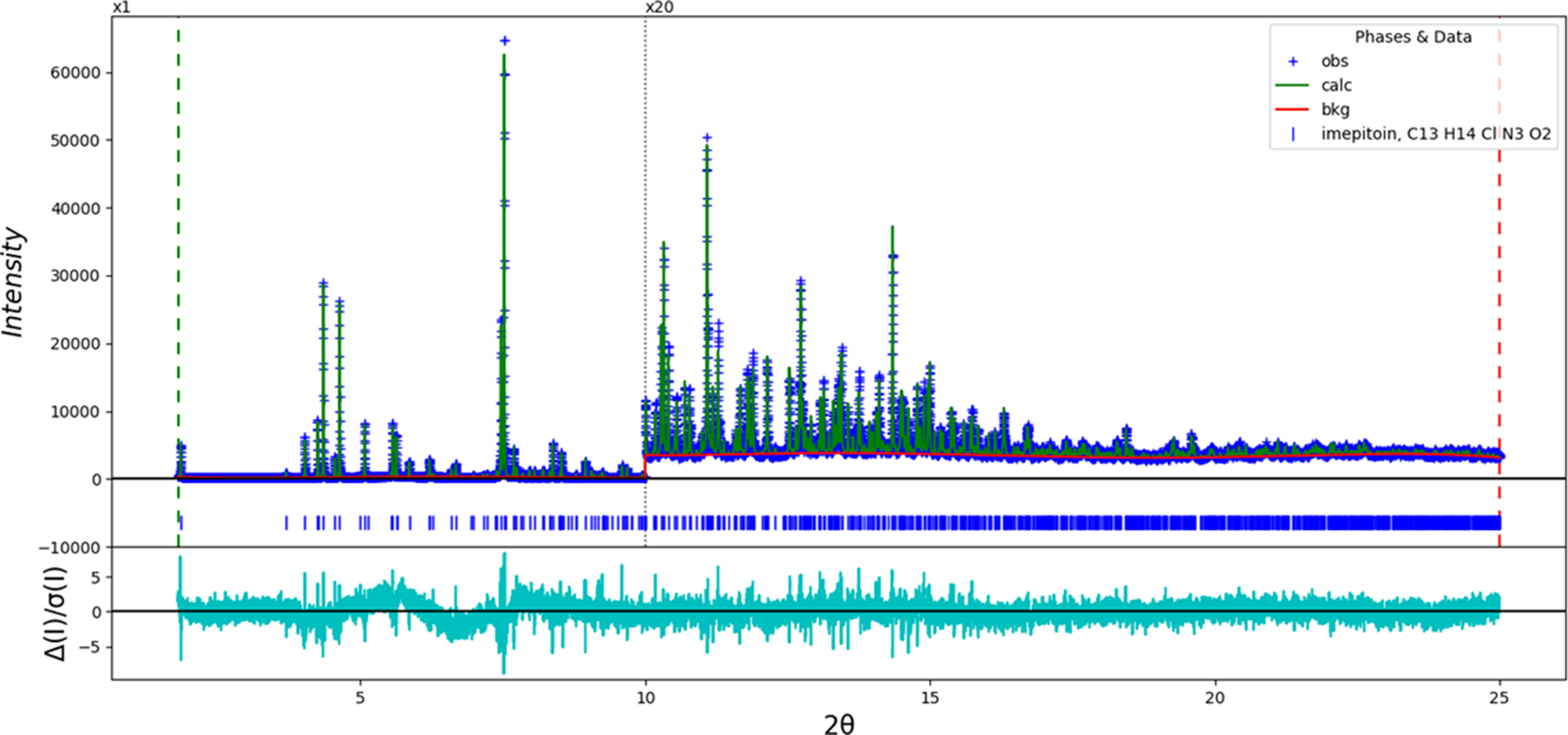
Figure 2. The Rietveld plot for the refinement of imepitoin. The blue crosses represent the observed data points, and the green line is the calculated pattern. The cyan curve is the normalized error plot. The vertical scale has been multiplied by a factor of 20× for 2θ >10.0°.
The structure of imepitoin was optimized using VASP (Kresse and Furthmüller, Reference Kresse and Furthmüller1996) (fixed experimental unit cell) through the MedeA graphical interface (Materials Design, 2016). The calculation was carried out on 16 2.4 GHz processors (each with 4 GB RAM) of a 64-processor HP Proliant DL580 Generation 7 Linux cluster at North Central College. The calculation used the GGA-PBE functional, a plane wave cutoff energy of 400.0 eV, and a k-point spacing of 0.5 Å−1 leading to a 2 × 1 × 2 mesh, and took ~28 h. A single-point density functional calculation (fixed experimental cell) and population analysis were carried out using CRYSTAL17 (Dovesi et al., Reference Dovesi, Erba, Orlando, Zicovich-Wilson, Civalleri, Maschio, Rerat, Casassa, Baima, Salustro and Kirtman2018). The basis sets for the H, C, N, and O atoms in the calculation were those of Gatti et al. (Reference Gatti, Saunders and Roetti1994), and that for Cl was that of Peintinger et al. (Reference Peintinger, Vilela Oliveira and Bredow2013). The calculations were run on a 3.5 GHz PC using 8 k-points and the B3LYP functional, and took ~2.2 h.
III. RESULTS AND DISCUSSION
The root-mean-square (rms) Cartesian displacement between the Rietveld-refined and DFT-optimized structures of imepitoin is 0.025 Å (Figure 3). The excellent agreement provides strong evidence that the structure is correct (van de Streek and Neumann, Reference van de Streek and Neumann2014). This discussion concentrates on the DFT-optimized structure. The asymmetric unit (with atom numbering) is illustrated in Figure 4. The best view of the crystal structure is down the c-axis (Figure 5). The roughly planar molecules stack along the c-axis.
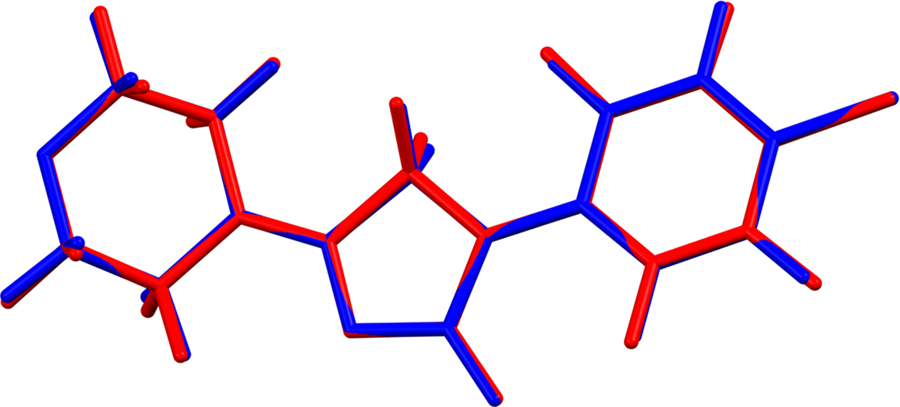
Figure 3. Comparison of the Rietveld-refined (red) and VASP-optimized (blue) structures of imepitoin. The rms Cartesian displacement is 0.025 Å. Image generated using Mercury (Macrae et al., Reference Macrae, Sovago, Cottrell, Galek, McCabe, Pidcock, Platings, Shields, Stevens, Towler and Wood2020).
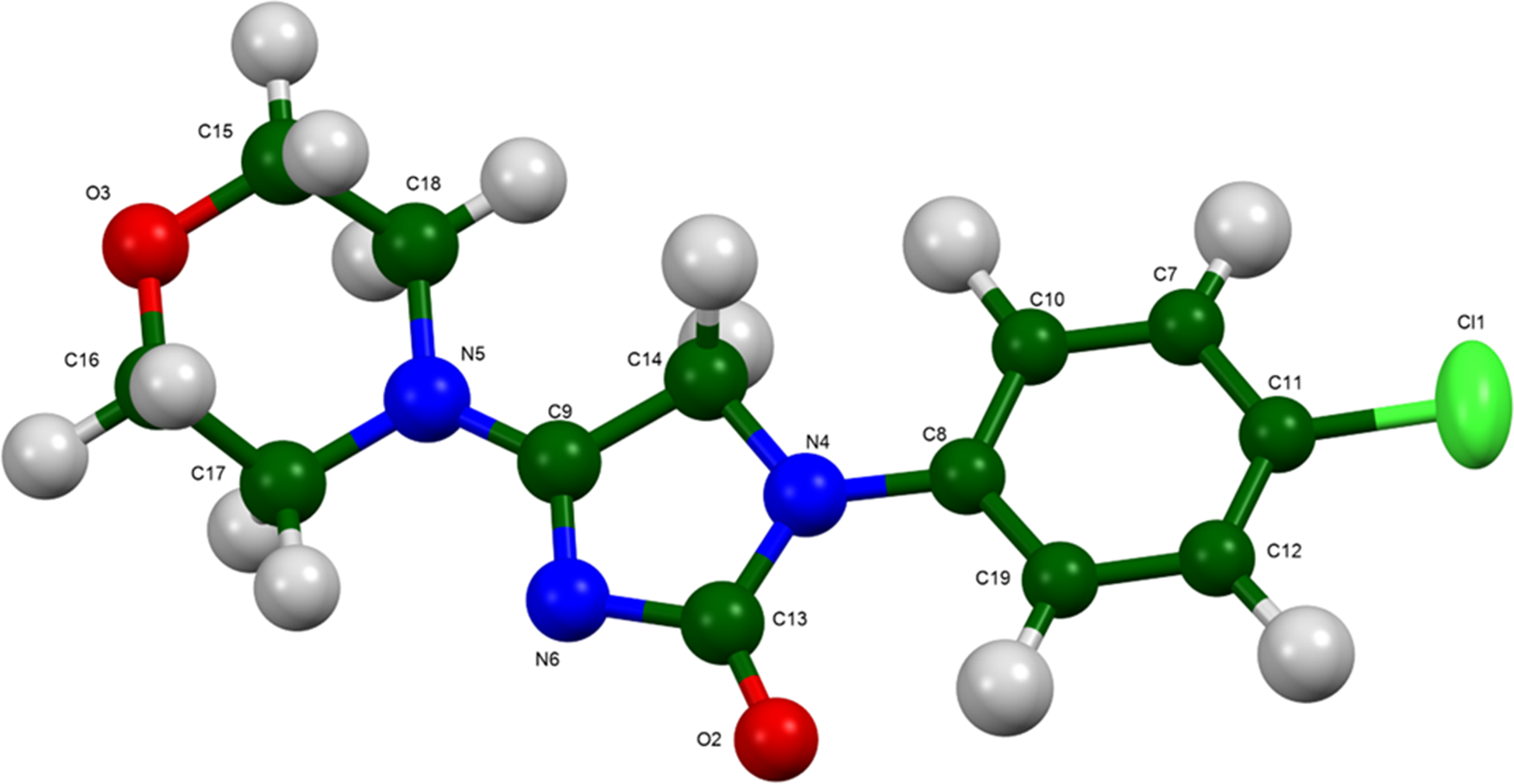
Figure 4. The asymmetric unit of imepitoin, with the atom numbering. The atoms are represented by 50% probability spheroids/ellipsoids. Image generated using Mercury (Macrae et al., Reference Macrae, Sovago, Cottrell, Galek, McCabe, Pidcock, Platings, Shields, Stevens, Towler and Wood2020).
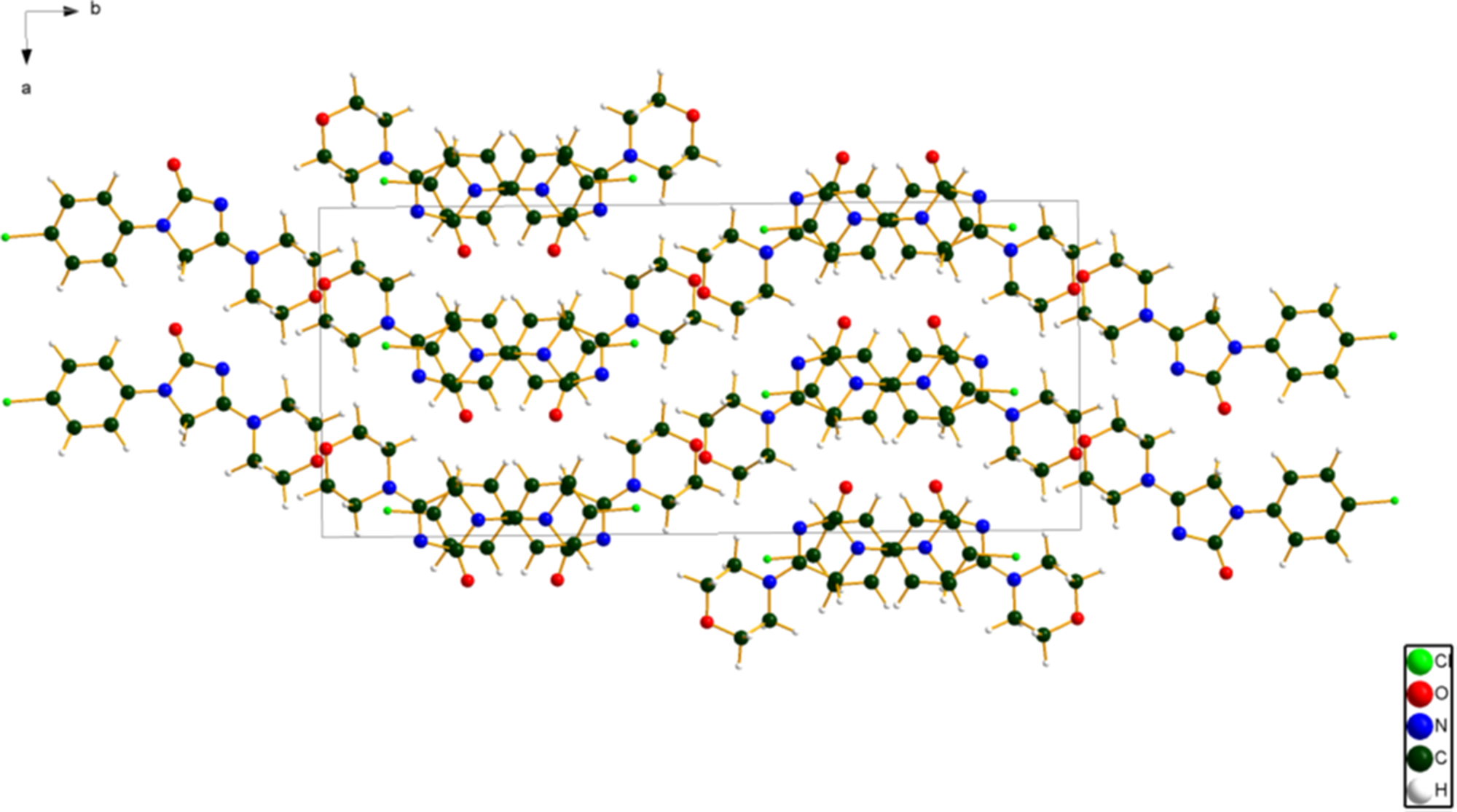
Figure 5. The crystal structure of imepitoin, viewed down the c-axis. Image generated using Diamond (Crystal Impact, 2022).
All of the bond distances and angles fall within the normal ranges indicated by a Mercury/Mogul Geometry check (Macrae et al., Reference Macrae, Sovago, Cottrell, Galek, McCabe, Pidcock, Platings, Shields, Stevens, Towler and Wood2020). Quantum chemical geometry optimization of the imepitoin molecule (DFT/B3LYP/6-31G*/water) using Spartan ‘18 (Wavefunction, 2020) indicated that the observed conformation is within 1.2 kcal mol−1 of the global minimum-energy conformation.
Analysis of the contributions to the total crystal energy of the structure using the Forcite module of Materials Studio (Dassault, 2021) suggests that the intramolecular deformation energy is dominated by angle deformation terms. The intermolecular energy is dominated by electrostatic attractions, which in this force field analysis also include hydrogen bonds. The hydrogen bonds are better analyzed using the results of the DFT calculation. There are no traditional hydrogen bonds in the structure (Table I), but several intramolecular and intermolecular C–H⋯O, C–H⋯N, and C–H⋯Cl hydrogen bonds contribute to the crystal energy.
TABLE I. Hydrogen bonds (CRYSTAL17) in imepitoin
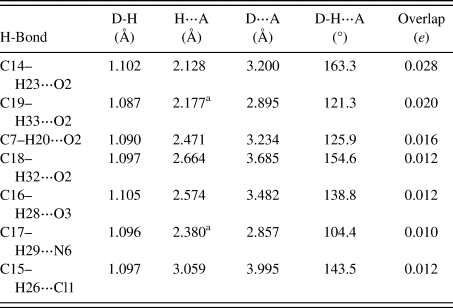
a Intramolecular.
The volume enclosed by the Hirshfeld surface of the imepitoin molecule (Figure 6; Hirshfeld, Reference Hirshfeld1977; Turner et al., Reference Turner, McKinnon, Wolff, Grimwood, Spackman, Jayatilaka and Spackman2017) is 315.98 Å3, 98.02% of 1/8 the unit cell volume. The packing density is thus fairly typical. The only significant-close contacts (red in Figure 6) involve the hydrogen bonds. The volume/non-hydrogen atom is 17.0 Å3.
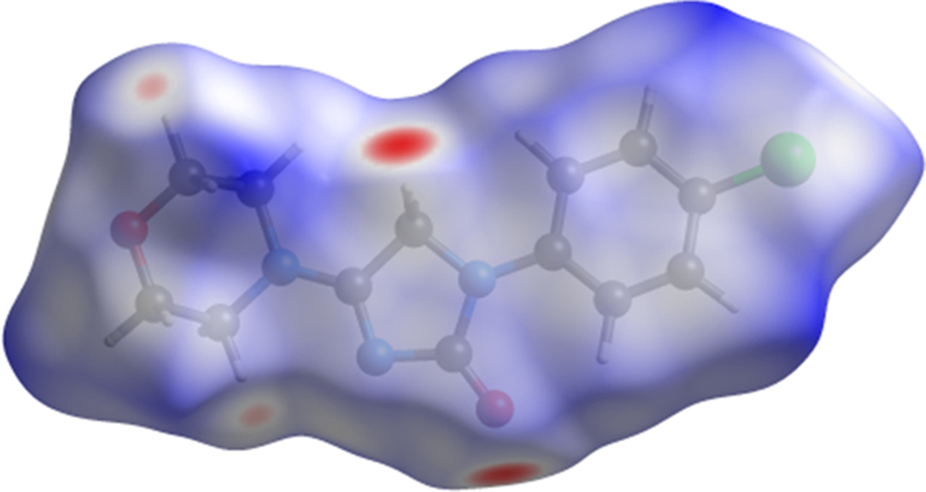
Figure 6. The Hirshfeld surface of imepitoin. Intermolecular contacts longer than the sums of the van der Waals radii are colored blue, and contacts shorter than the sums of the radii are colored red. Contacts equal to the sums of radii are white.
The Bravais–Friedel–Donnay–Harker (Bravais, Reference Bravais1866; Friedel, Reference Friedel1907; Donnay and Harker, Reference Donnay and Harker1937) morphology suggests that we might expect platy morphology for imepitoin, with {010} as the major faces. A second-order spherical harmonic model was included in the refinement. The texture index was 1.002(0), indicating that preferred orientation was slight in this rotated capillary specimen. The powder pattern of imepitoin from this synchrotron dataset has been submitted to ICDD for inclusion in the Powder Diffraction File.
IV. DEPOSITED DATA
The Crystallographic Information Framework (CIF) files containing the results of the Rietveld refinement (including the raw data) and the DFT geometry optimization were deposited with the ICDD. The data can be requested at pdj@icdd.com.
ACKNOWLEDGEMENTS
The use of the Advanced Photon Source at Argonne National Laboratory was supported by the U.S. Department of Energy, Office of Science, Office of Basic Energy Sciences, under Contract No. DE-AC02-06CH11357. This work was partially supported by the International Centre for Diffraction Data. We thank Lynn Ribaud and Saul Lapidus for their assistance in the data collection.
CONFLICT OF INTEREST
The authors have no conflict of interest to declare.









